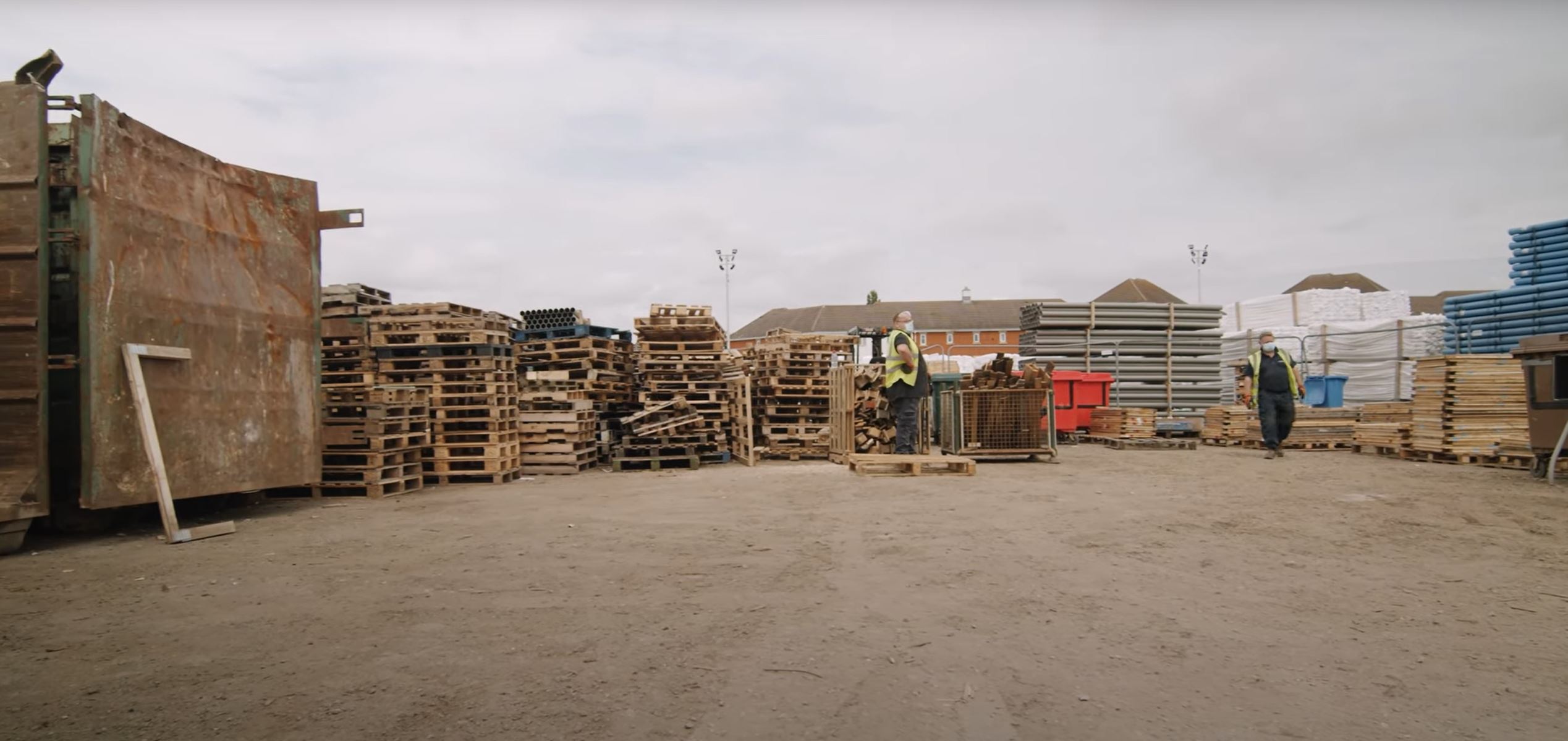Closing the loop with Polypipe Building Services
Friday 12th November 2021

Water management solutions play an intrinsic role in ensuring the built environment can be more sustainable and resilient. Manufacturers specialising in water management solutions are at the core of this drive, and are committed to providing systems that hit the mark on quality and sustainability.
But it isn’t just about manufacturing sustainable solutions; the likes of Polypipe Building Services understand that sustainability touches on every aspect of a business, from the large-scale to the small. It is why Polypipe Building Services has created a granular sustainability strategy that filters out to various strands of the business. Its recycling arm is one example, but why was it created and what does the scheme involve?
Polypipe Building Services has a clear direction and sustainability targets for 2025. We want to lead the industry when it comes to recycling and waste; innovate; drive new areas of growth and develop our client base.
It is therefore important for us to act responsibly as a business for the benefit of our current and future industry. Raw materials are getting scarcer, global warming is getting worse – it’s a reality that we are seeing the effects of every day.
We can all play a part in doing our bit in terms of sustainability. By coming together and making even the smallest of changes, a greater impact is achievable.
Our recycling strategy
As a manufacturer we produce a lot of packaging and use raw materials. It is important that we get a circular process in place so that the packaging we use can be sent out and brought back to use in our processes again.
A couple of years ago, Polypipe Building Services decided to think creatively about how we can reuse and recycle packaging – how we can close the loop. The direction was very much taken from the Polypipe Building Services team who are on the ground and know the packaging processes like the backs of their hands.
Everyone put their heads together to collaborate and innovate. We’ve done a lot of work to ensure our packaging can be reused so that we minimise the amount sent to landfill.
Closing the loop
Any waste or recycling that comes to Polypipe Building Services’ designated recycling team is sorted through and separated into each separate waste stream, to be treated in the correct way. We recycle a large amount in house. I.e., our wooden pallets, which are used for storage and delivery, go back into our factory or warehouse to be reused.
But we decided to go that extra mile. Very recently, Polypipe Building Services started a scheme where our customers return waste material that was delivered to them. If we use our wooden pallets as an example; these can be reframed and used again to keep the loop of recycling going as much as possible.
The team also invested in two balers that are used to collect waste materials including LDPE and cardboard. These materials are baled and then sent to specific recycling companies.
The benefits
The advantages of Polypipe Building Services’ recycling strategy are numerous. We have innovated and put many clear processes in place to increase efficiencies where they are needed. We have recycled material that is easy to access and ready to hand. Everything is stored in correct locations, which means less vehicle movements. On another note, we have been less affected by fluctuations in price, which in the current climate pays in dividends.
What’s next?
Recycling is just one area of Polypipe Building Services’ strategy. The future of the scheme is to keep putting focus and resource into the area. Up until recently we have been focusing on our inhouse recycling, but we will be expanding to our external supply chain partners to collaborate with them in the future.
It’s important that we work with our suppliers and customers so that all the materials we buy and bring into the building have recycled content. For us here at Polypipe Building Services this is a key part of the role we are playing to help save resources and the planet.


